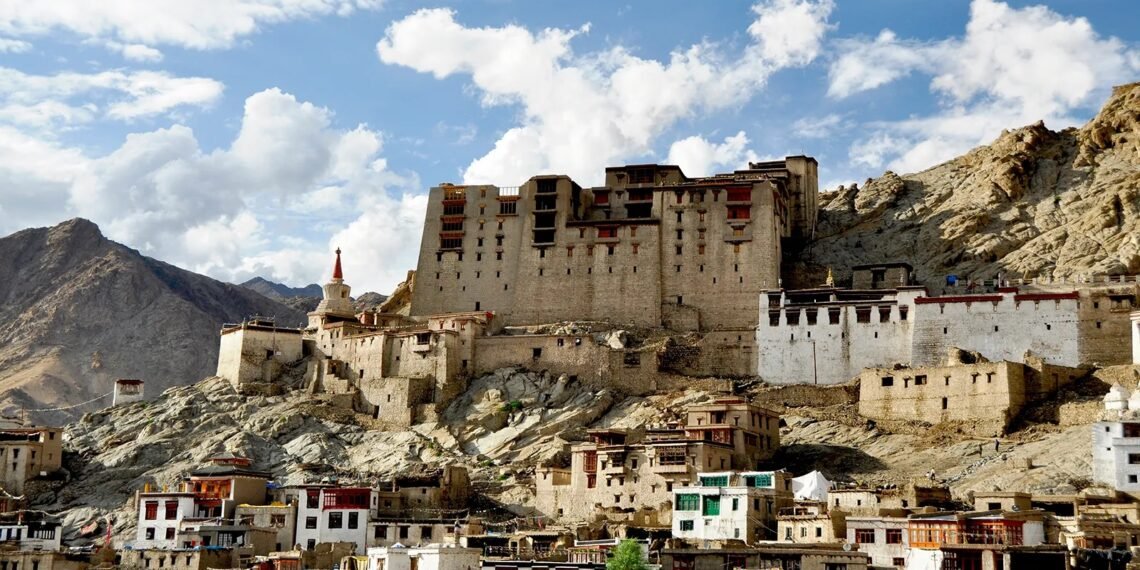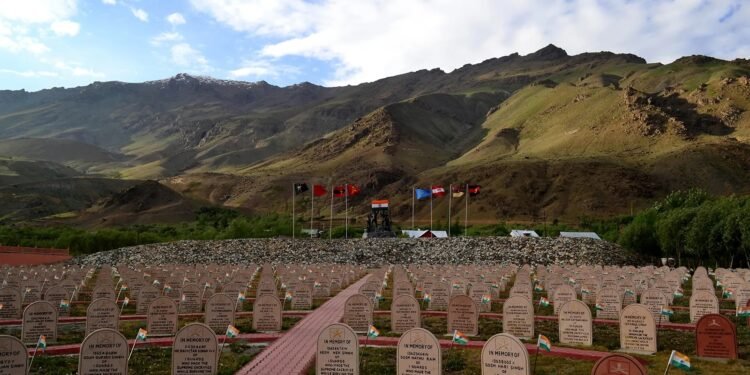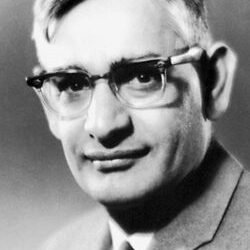Introduction
Signed on 10 January 1966 under Soviet mediation, the Tashkent Declaration ended active hostilities of the 1965 India–Pakistan War and restored diplomatic ties, trade, and POW repatriation—yet it provoked backlash in both countries for offering no decisive resolution on Kashmir or a no-war pact, and was followed hours later by Prime Minister Lal Bahadur Shastri’s sudden death in Tashkent, which fueled enduring controversy.

War to ceasefire: 1965 in brief
Pakistan’s covert Operation Gibraltar sent infiltrators into Jammu & Kashmir in August 1965, aiming to spark an uprising; India countered across the international border after Pakistan launched Operation Grand Slam at Akhnoor on 1 September, widening the conflict until a UN Security Council–mandated ceasefire took hold on 22 September 1965. The battlefield was broadly stalemated, with both sides suffering losses and occupying slivers of each other’s territory, setting the stage for a mediated settlement.
What Tashkent actually said
Brokered by Soviet Premier Alexei Kosygin, Shastri and President Ayub Khan pledged to renounce force, withdraw forces to pre–5 August 1965 positions by 25 February 1966, restore ambassadors and diplomatic/consular functions, resume economic and cultural ties, repatriate POWs, curb hostile propaganda, and keep talking on refugees, property, and other outstanding issues. The text emphasized UN Charter principles and non-interference but was silent on a no-war pact and gave no specific formula on Kashmir, reflecting minimal consensus rather than grand bargain.
Why both publics felt short-changed
In India: Critics rued the absence of a no-war commitment or explicit renunciation of irregular warfare across Kashmir, and some expected recognition of India’s strategic upper hand after blunting Gibraltar/Grand Slam.
In Pakistan: Ayub Khan’s acceptance of withdrawals and normalization, after initiating Gibraltar, was seen as a climbdown that damaged his standing and contributed to his eventual fall in 1969.
Shastri’s death: tragedy, facts, and speculation
Shastri died hours after the signing, officially of a heart attack, amid prior cardiac history; lack of a post-mortem and later declassification refusals sustained conspiracy theories, though close contemporaneous accounts insist he signed freely and viewed Tashkent as a hard-won achievement. The unresolved aura around his passing has colored public memory, often recasting a pragmatic ceasefire accord as a “betrayal” despite its internationally recognized terms.
Peace dividend or lost opportunity?
Peace architecture: The declaration restored diplomatic channels, set timelines for withdrawals, and outlined steps to thaw commerce and cultural ties—stabilizers necessary after a costly, inconclusive war.
Limits by design: By deferring Kashmir specifics and eschewing a no-war pact, the accord prioritized immediate de-escalation; it neither rewarded aggression nor converted battlefield ambiguity into political fait accompli.
Strategic reading: Given Pakistan’s failed insurgency gamble and India’s effective counter-escalation, the agreement largely reset to status quo ante bellum, which Indian decision-makers judged acceptable to lock in military gains without prolonged costs, while bringing Moscow into South Asian crisis management.
How it compares with Shimla (1972)
Unlike the Soviet-mediated Tashkent, the Shimla Agreement was a bilateral compact that converted the ceasefire line into the Line of Control and embedded a mutual pledge to resolve issues bilaterally—more specific on ground realities post‑1971 and more consequential for Kashmir’s de facto boundary management.
Balanced assessment
Achievements: Ceasefire consolidation, POW repatriation, mutual withdrawal, diplomatic restoration, and an East–West détente moment that expanded India’s diplomatic space.
Shortfalls: No durable conflict-prevention clause, no mechanism specific to cross-border militancy, and no movement on the political core of Kashmir, inviting domestic criticism on both sides.
Political aftermath: Public unrest in Pakistan hurt Ayub; in India, grief and suspicion after Shastri’s death overshadowed a tactically prudent but emotionally unsatisfying settlement.
Conclusion
Was Tashkent a peace treaty or a political betrayal? It was a narrowly framed ceasefire accord that de-escalated a dangerous war, restored state-to-state normalcy, and avoided rewarding a failed infiltration strategy—yet it left core disputes untouched and, coupled with Shastri’s sudden death, seeded narratives of betrayal in popular memory. Judged against its mandate—to stop war and reset relations—it succeeded; judged as a final settlement, it deliberately fell short.





